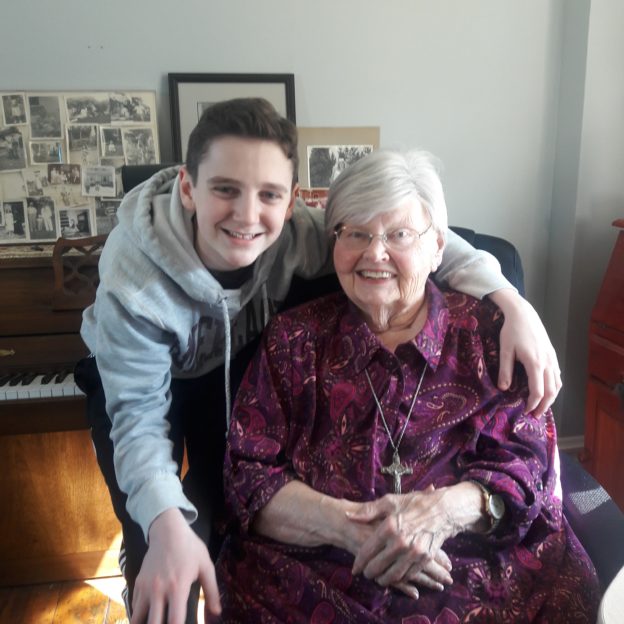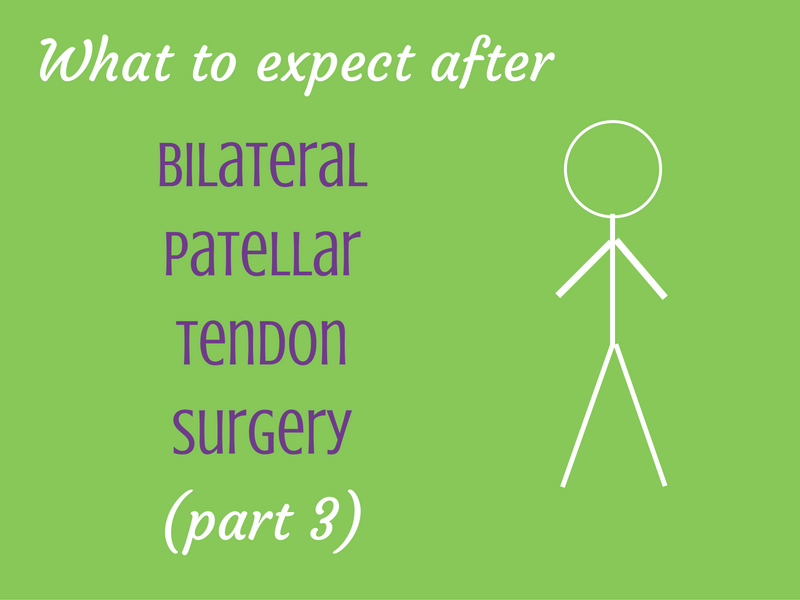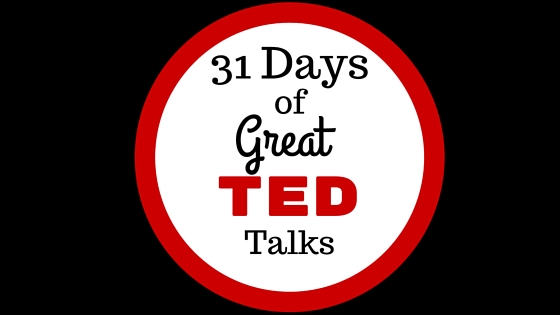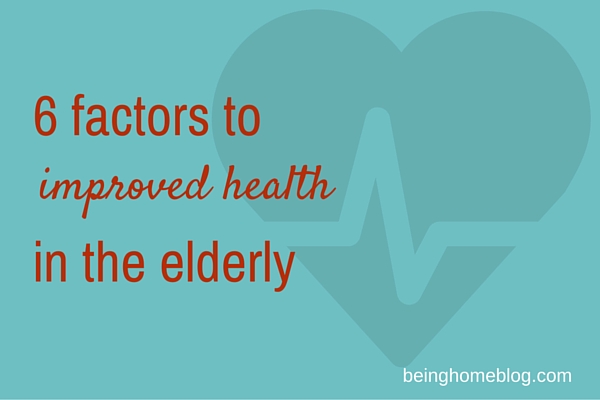I returned to the world of caregiving (outside of parenting pre-adults) in September, 2024. I’ve written about my previous caregiving experience extensively when my mom and I made the decision to bring her oldest sister home to Pittsburgh and share the responsibility.
In this season of “Beth takes care of an adult human in her home”, my stepmom is the star and has joined the Phillips household and family. Though, she has the resources to pay for the nicest facilities, I’m here to tell you that unless family is there every day to advocate for every basic need, they’re all shit if your loved one needs any shred of assistance, let alone max assist and full care.
In this post, I’m sharing three products that I couldn’t live without as a 24/7 caregiver (though, it took me a little while to find them). Each improved my experience or in some way relieved a stressor.
Get You Some Ears!
Not unlike many seniors, my stepmom’s hearing isn’t the best and she watches a lot of TV to pass the time. Even though she has a private space with a door, the loud TV was a problem day and night for me. I work part-time from home and the blasting TV was disruptive. My stepmom was considering hearing aids but her stroke has left her completely dependent. Doctor visits require renting a van. She is unable to place, care for, charge, clean, or in any way manage hearing aids. Since she would really only need them for TV viewing and not quality of life otherwise, I am hesitant to add that caregiving responsibility.
I started researching personal headphones for TV viewing. Because of her limited strength and mobility of her left hand, she wouldn’t have been able to manage certain models that were over-ear/on her head.
Enter, TV Ears (affiliate link)

My stepmom can control her own volume and the outer TV volume can be inaudible. If someone wants to watch a show with her, she usually opts not to use the ears just to be sociable because they are noise-cancelling for her but if she had them on, the TV could be at any volume for the person in the room.
I go to bed much earlier than her and this product has saved my sleep and my sanity. The instructions were clear for easy set-up. The ears take 4-6 hours to fully charge and last about the same amount of time. Since she watches TV about 6-7 hours in the day and about 4-6 hours at night with only 2 short shifts in her wheelchair to eat due to her limitations, we ordered a second pair so that she would always have a pair charged.
The standard dock which is hard-wired to the TV has two charging stations. At about $125 for the initial pair and less than $100 for the second pair, this was well worth the money. HIGHLY RECOMMEND!
Boost Nighttime Dryness!
My stepmom is dependent on adult briefs and is unable to get to or sit safely on a bedside commode without max assistance. The brand that I linked are great but before I thought that there might be a solution for more consistent night-time incontinence protection, I would have to do a full-on clothes and bed change 2-4 times per week usually in the middle of the night. On a couple of occasions, twice in one night for almost 3 months!
I was aware that some active adults wear incontinence pads for accidents day or night and wondered whether something like that would get her through the nights without soaking herself.
Enter adult booster pads!

I am not kidding when I say we both sleep better since I’ve been using these. I was lucky to find this brand out the gate as I’m not sure that if I tried another type or brand and it failed, I would bother to order another.
I turned to Youtube for basic research about this topic and this video was especially informative and directed me to this brand. I started with the 20 pack which lasted 20 days since I only need them at night, currently.
I was sold and have since ordered 3 packs of 20 twice. Literal Life (and sleep) saver.
Treat Yourself!
I had smaller, good quality washable bed pads leftover from caring for my aunt. She regained her continence shortly after moving in with me and rarely soiled the bed but I used them to keep her sheets fresh longer.
I quickly discovered that they were not big enough or absorbent enough for our current situation.
Enter 36″ x 38″ absorbency incontinence bed pads.

These fookin’ things keep the bed clean, absorb everything and would be worth it if there were 10x more expensive.
I watched a couple of the videos on the Amazon site by experienced users/caregivers and I’m so glad I grabbed these early on. I thought I might have to order more but the original 4 pack has held up well (a little over 5 months in), wash beautifully and have held up well to lots of wear and tear.
Bottom Line
For less than $200, I improved my caregiving situation immeasurably with the TV ears and bed pads and less than $30/month (cost of the booster pads for my situation). Please don’t skimp on easy solutions.
Turn to Youtube or Amazon reviews for solutions. I promise there is a solution out there that will solve or minimize your challenges.
Best to all of you caregivers!







